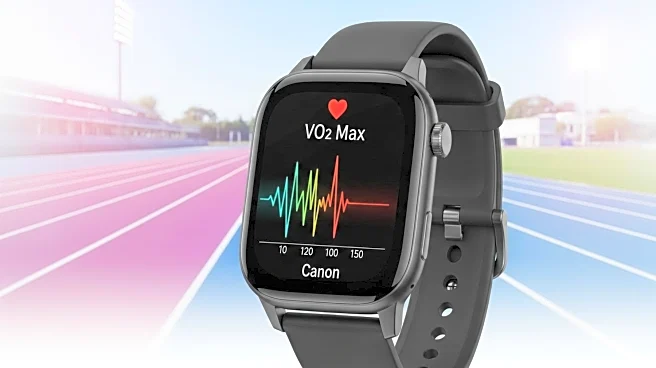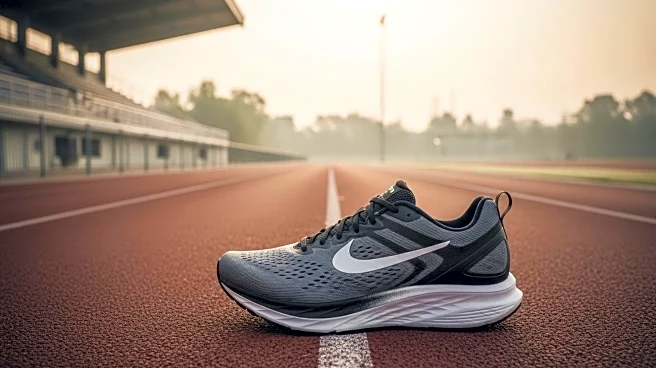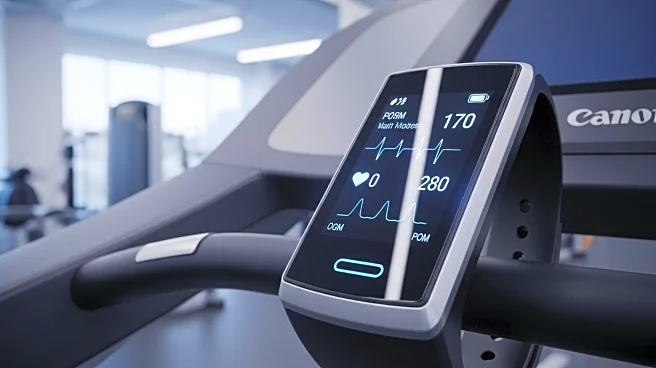What's Happening?
The concept of VO2 max, a measure of the maximum amount of oxygen the body can utilize during exercise, is gaining attention for its significant impact on running performance. According to experts, improving VO2 max can lead to faster and more efficient running. This can be achieved through specific interval training workouts. Research indicates that runners who engage in 200-meter interval workouts over a period of ten weeks can significantly enhance their aerobic capacity and VO2 max compared to those who maintain a moderate pace. Additionally, high-intensity interval training (HIIT) sessions, even with intervals as short as 30 seconds, have shown improvements in VO2 max. These findings are supported by studies published in the Journal of Strength and Conditioning Research and the Journal of Science and Medicine in Sport.
Why It's Important?
Improving VO2 max is crucial for athletes and fitness enthusiasts aiming to enhance their running performance. A higher VO2 max allows for more efficient oxygen utilization, which can lead to better endurance and speed. This is particularly beneficial for competitive runners seeking to achieve personal records. The ability to improve VO2 max through targeted workouts provides a practical approach for athletes to optimize their training. Moreover, the accessibility of these workouts, which can be performed without specialized equipment, makes them appealing to a broad range of individuals looking to improve their fitness levels.
What's Next?
For those interested in improving their VO2 max, incorporating interval training into their routine is recommended. Experts suggest starting with workouts such as 1,000-meter repeats or two-minute intervals at a 5K effort, gradually increasing intensity and duration as fitness improves. It is advised to perform these workouts twice a month for beginners, progressing to once a week for more experienced runners. Ensuring adequate rest between sessions is crucial to prevent overtraining and maximize benefits. As more individuals adopt these training methods, further research may explore additional strategies to enhance VO2 max and overall athletic performance.
Beyond the Headlines
The focus on VO2 max highlights the growing interest in data-driven fitness approaches. With advancements in wearable technology, individuals can now track their VO2 max and other performance metrics more easily, allowing for personalized training plans. This trend reflects a broader shift towards evidence-based fitness practices, where individuals use scientific insights to inform their exercise routines. As this approach gains popularity, it may lead to a more informed and health-conscious society, with individuals better equipped to achieve their fitness goals.











